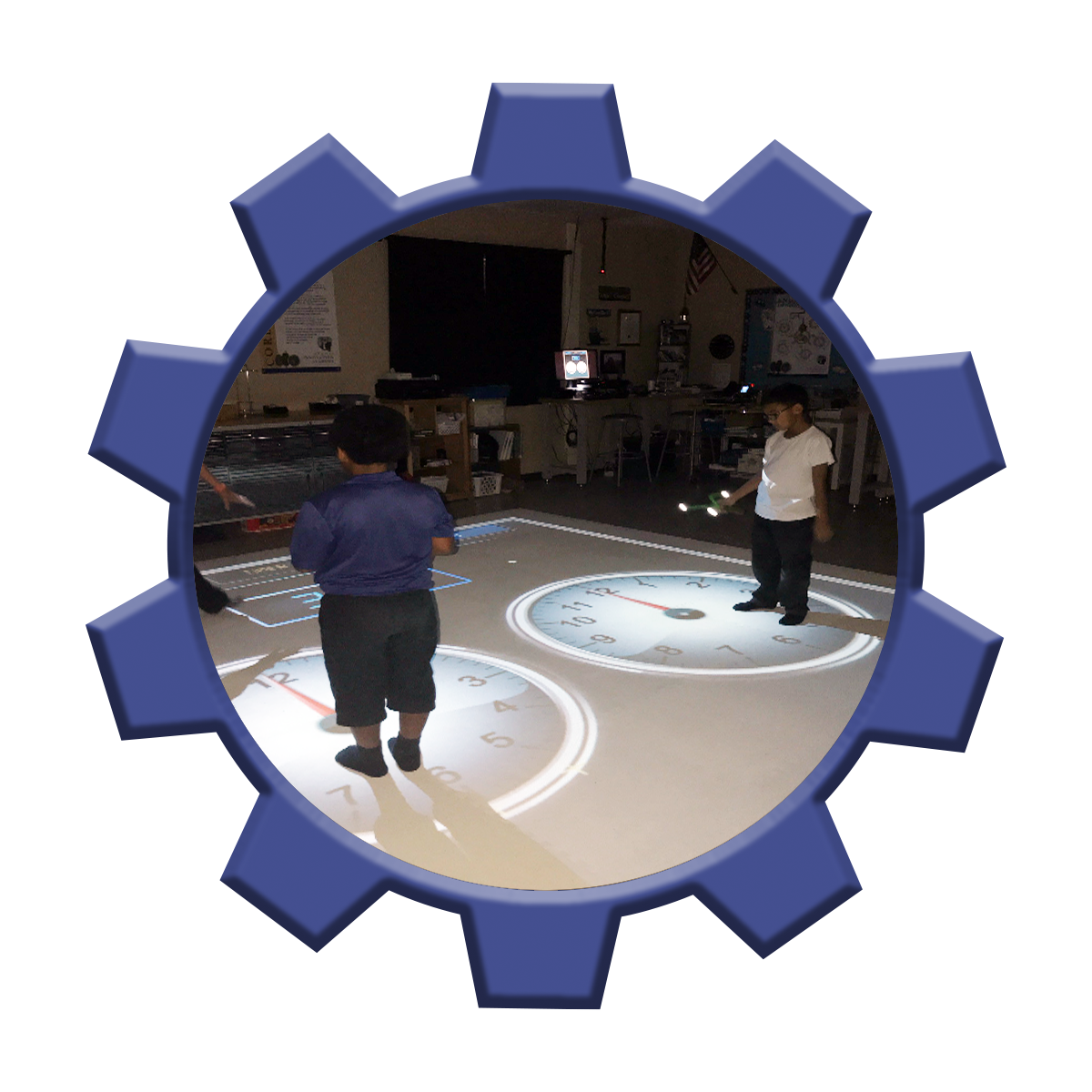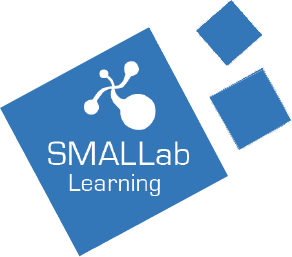SMALLab Learning

The Grande Innovation Academy is the first school in Arizona to incorporate SMALLab Learning.
Today, students are growing up in a technology-rich environment and are finding it more difficult to pay attention in a passive learning environment copying figures from the board.
Interactive learning is a more hands-on, real-world process of relaying information in classrooms. While passive learning relies on listening to teacher lectures or rote memorization of information, figures, or equations, interactive learning invites students to participate in the conversation, through technology or through role-playing group exercises in class. Interactive learning engages students who are raised in hyper-stimulated environments. It sharpens their critical thinking skills which are fundamental to the development of analytic reasoning.

SMALLab Research Results
86%
Increase in Student Learning
6.7x
More Student Engagement
33%
Improvement in Teacher Performance

What is SMALLab?
SMALLab is an embodied learning environment. Motion-capture technology tracks our scholars’ 3D movements as they learn in immersive, interactive space. For example, as scholars are learning about a physics concept like velocity, they can hear the sound of their actions getting faster. They can see graphs and equations that represent their motions in real-time. They can feel the weight of an object in their hand as they interact in real physical space.
Why SMALLab?
Cognitive scientists have discovered compelling evidence that nearly all of our experiences are in some way grounded in the body. This suggests that the embodied experiences can lead to more effective learning – learning that is kinesthetic, collaborative, and multimodal. SMALLab Learning is at the forefront of this exciting new field of embodied learning.
Explain what Embodied Learning is all about?
Embodied learning is an emerging field that blends human-computer interaction with learning sciences. Cognitive scientists have discovered compelling evidence that most language and cognition is grounded in a bodily experience. This suggests that embodied; physical activities can lead to more effective learning. Embodied learning has the potential to transform K-12 learning in schools, museums, and community centers.


